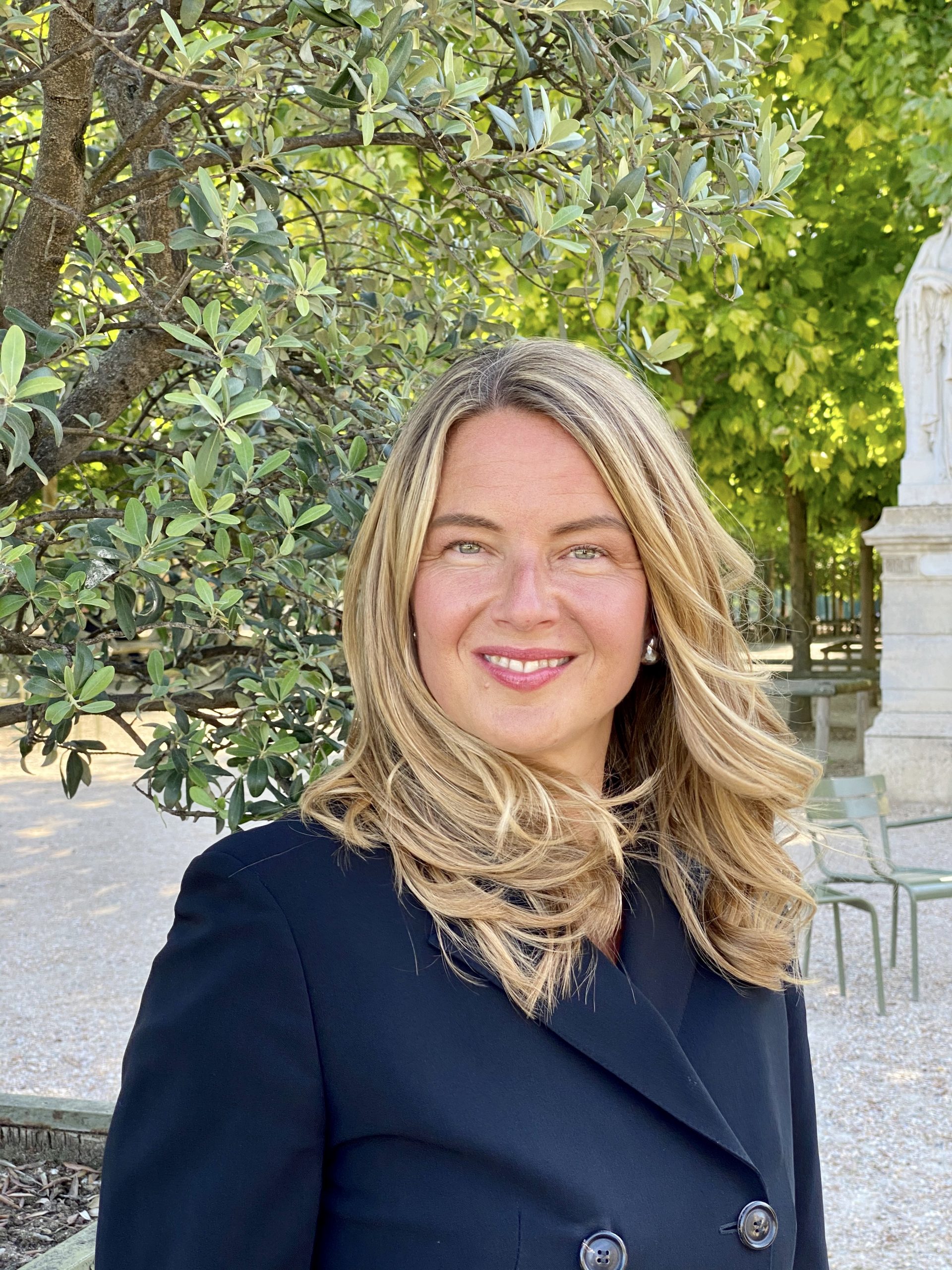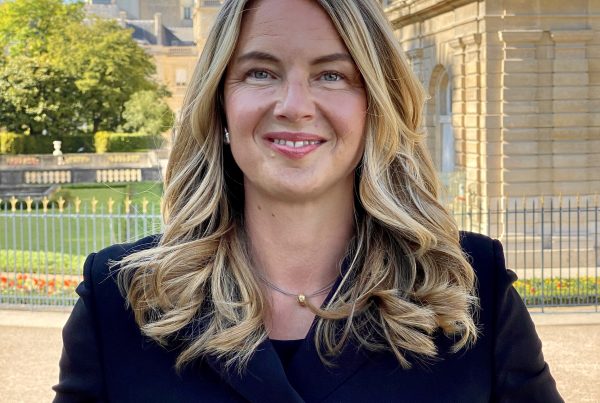As we are making first steps of getting back together in person, we realize that encounters have just not been the same remotely, at a (human) distance, technologically enabled but emotionally disabled. Of course, we were happy to have access to a “wired world” to continue or even expand operations as we have seen it in telehealth. Finally, remote consultations became possible. Challenged frequently by data security legislation and professional habits before the pandemic, widespread adoption has been realized within days or weeks out of pure necessity to maintain patient care when covid-19 hit. “Digitalize everything” became the mantra for many healthcare companies and systems which made the impossible possible.
Invitations to connect in Paris – Join us!
- June 16, 2022: Critical care and the healthcare crisis – organizational lessons learned on the European level – PDF – Register
- June 29, 2022: International Forum exploring today’s issues and future priorities for health care systems – PDF
Therefore, it is understandable that a certain “goldrush mentality” has emerged particularly in healthtech as enormous public and private funding was poured into healthcare. This month’s Santexpo fair in Paris offered a wealth of technology solutions – for data management, process optimization, predictive analytics, registries etc. – however, very few or basically no ideas how to address human workforce issues in healthcare: burn-out among professionals and – even worse, the exit of substantial numbers of essential care providers who are not changing jobs but leaving the profession forever. Vice President Kamala Harris and U.S. Surgeon General Dr. Vivek Murthy issued a warning on May 23 about “burnout among the nation’s health care staff after more than two years of the COVID-19 pandemic, including the potential for severe worker shortages in the years ahead if the situation is not addressed.”1
Consequently, we must deal with the human being and his/her needs as human beings are still the essential care providers. Thinking back to my early work on physician job satisfaction and motivation2 fifteen years ago people preferred to refrain from dealing with the essential resource “human beings” directly. Difficult to recruit, question and understand… it is much easier to draw conclusions from secondary data. Investigative and deep-dive evaluation of people’s motivations was and still seems to be challenging. However, the context has aggravated the issue of burn-out and desperation (which evolves from dissatisfaction and persistent mental strain) among healthcare professionals. They feel alienated and no longer connected to a job or rather a profession that made them get up in the middle of the night to do wonderful jobs for the betterment of patient care.
Atul Gawande said in his 2013 opinion piece3 “We yearn for frictionless, technological solutions. But people talking to people is still the way that norms and standards change.” Almost ten years later, this is still true and will probably be forever. However, it is true not only with respect to the adoption of norms and technology that the human being is the decisive factor. The pandemic has sensitized people’s need for human interaction, belonging, togetherness and most importantly human care.
When you are in a state of mental or physical crisis you want a human being to respond to your call (and not a machine). Most importantly, this person should be empathetic (necessary condition); ideally also competent to intervene immediately and provide help (sufficient condition). We learned in our work on mental health in California and Denmark that this first-line human response is essential for a positive patient outcome and even cost-effective when managing care for a population. A dollar saved in first-line response costs substantially more in the subsequent steps pf patient care, leaving aside the lost opportunity to guide patients in the most suitable care setting and thereby economizing on scarce capacities. I am excited to talk more about my work in mental healthcare at the International Forum.
But what is meant by an empathetic first-line response? Especially, for our work in mental healthcare I found the following definition of empathy by Kae Tempest – a performance artist and poet – suitable: “Empathy is remembering that everybody has a story. Multiple stories. And remembering to make space to hear someone else’s story before immediately telling your own.” It is essential to pick up the phone and listen. This immediate response solves already many problems and addresses issues in a way that no technology could ever do. Nevertheless, technological solutions have enabled us to deliver this “human touch” and intervene remotely if needed which is a great accomplishment. It will be essential for healthcare providers and payers to strike the balance between human and tech-based care provision in the future.
It is exactly this struggle to find the viable hybrid model to connect again that is the hot topic – not only in healthcare provision, but in new forms of work around the globe. People feel the urgent need to engage personally again while keeping the convenience and efficiency gained through remote work models. The number one reason why people accept jobs these days is workplace flexibility.4 Many companies are struggling with redefining their operating model: “all-remote” worked well and “all in-person” worked well, but to commit to and communicate within a hybrid model which is people-bound instead of place-bound is challenging. There are obviously capacity questions as many companies have abandoned or not updated their office spaces. And there are even more important human questions of needs, motivations, and newly discovered personal space that must be addressed to avoid the described detrimental effects as seen in the healthcare workforce described above.
In this process of “repositioning” and frequently “repurposing” of human time and space communication is key. In several of my previous perspectives this topic has emerged and is the key element to accomplish the process. George Bernhard Shaw mentioned rightly “The single biggest problem in communication is the illusion that it has taken place,” because communication is what is being heard or perceived – not necessarily what has been said. Evidently, the risk that knowledge (people-bound) is lost in translation is higher in a hybrid model of work. Therefore, clear roles and processes of sharing information must be defined among human beings to allow for the above described first-line response and team effectiveness that is not only essential in healthcare provision.
Philipp & Dodwell proposed a very comprehensive approach to good communication which might provide insights into a potential strategic approach in new forms of work as follows “good communication: the ancient virtues of competence, integrity, confidentiality, compassion and commitment practiced with an inquiring and impartial mind. Related qualities include intuition, empathy and rapport.”5 If mastered and executed successfully the desired connection among human beings can be achieved even in hybrid models of work and knowledge exchange. Again, I would like to cite Kae Tempest because a connection is much more than a relationship in which one person or thing is linked or associated with something else:
“Connection is the feeling of landing in the present tense. Fully immersed in whatever occupies you, paying close attention to the details of experience. Characterized by an awareness of your minuteness in the scheme of things. A feeling of being absolutely located. Right here. Regardless of whether that ‘right here’ is agitated or calm, joyous or painful.”
Keeping in mind this postulate let’s get back together and reconnect. Please see below the invitation to ANAP’s conference on “critical care and the healthcare crisis – organizational lessons learned on the European level” which I have the pleasure to moderate on June 16, 2022, in Paris.
We are also collaborating with the Commonwealth Fund New York and the Health Foundation UK on the “International Forum exploring today’s issues and future priorities for health care systems” on June 29, 2022, in Paris. Please join us!
Stay tuned for any updates @KatharinaJanus!

Prof. Dr. Katharina Janus
Founder and Managing Director of the Center for Healthcare Management, Paris, France and at Columbia University, New York, NY, USA
President and CEO, ENJOY STRATEGY, Europe & US
https://katharinajanus.com
1 https://apnews.com/article/covid-health-kamala-harris-vivek-murthy-government-and-politics-167408da8ac76cee0af9c472599723de
2 https://read.dukeupress.edu/jhppl/article-abstract/33/6/1133/93572/Job-Satisfaction-and-Motivation-among-Physicians
3 https://www.newyorker.com/magazine/2013/07/29/slow-ideas
4 https://www.mckinsey.com/business-functions/people-and-organizational-performance/our-insights/gone-for-now-or-gone-for-good-how-to-play-the-new-talent-game-and-win-back-workers
5 https://doi.org/10.1093/occmed/kqh125



